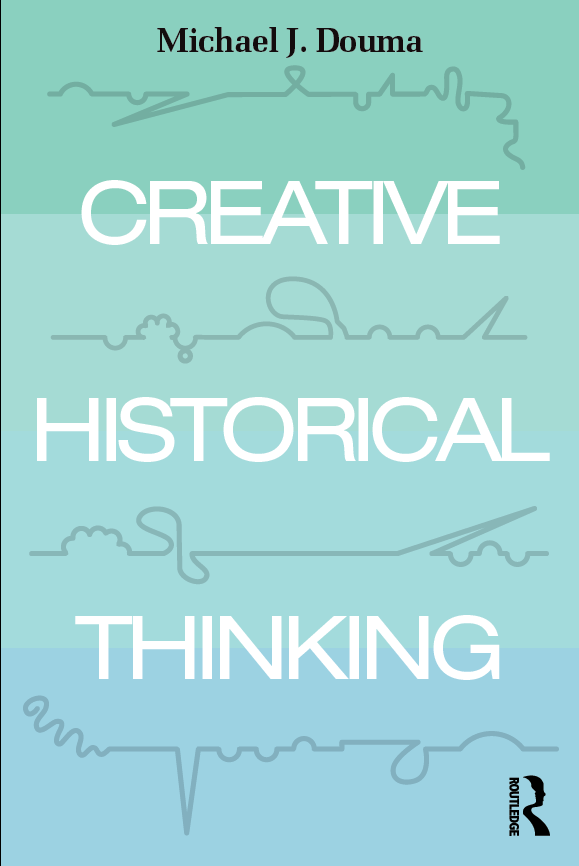My new book, Creative Historical Thinking (Routledge, 2018), includes many diagrams showing spatial visualizations of time. One of my arguments in the book is that there are many ways in which we can visualize time. If we try to impose just one diagram, of say a timeline that goes left to right, or a cyclical year that moves clockwise, we fail to do justice to all the different ways students conceive of time.
V.M. Hillyer, in his A Child’s History of the World (1924) attempts to impose a single diagram on children. His “Staircase of Time” intends to shows the “progressive steps in the History of the World.”
Hillyer suggests that “ the child should constantly refer either to such a Staircase of time or to the Time Table as each event is studied, until he has a mental image of the Ages past.”
the child should constantly refer either to such a Staircase of time or to the Time Table as each event is studied, until he has a mental image of the Ages past.”
Diagrams are useful heuristics, and they are useful for recalling information. Hillyer is one the right track, I think, in offering a diagram of time. Nevertheless, this diagram is not useful for everyone. It seems quite counter-intuitive for me to think about time rising vertically on the Y-axis, and moving back-and-forth on the X-axis.
To be fair, his diagram has some good qualities. Each left-to-right section corresponds to one millennium, and it fits the entire last 8,000 years in a small space. But the relevant information is crammed together at the top of the diagram, and it leaves little space for modern history. The last two events before the present day are “Peter Grt” [Peter the Great] and “Revol” [not clear which Revolution?!]







[…] I noted in my post on Hillyer’s “Staircase of Time” Willard treats her diagram of time as a obvious solution for ALL students to use to imagine and […]
LikeLike
I have a mental map timeline for events that is separate from my timeline of years but they do share some qualities and align in several places.
I could memorize this stair step fairly easily since I’m a visual learner, but I don’t think I would ever automatically refer to it over the one my brain created naturally on its own. More likely, any events listed on it would incorporate themselves into my personal timeline.
LikeLike